Dinosaur Blood Vessels Discovered Inside 66-Million-Year-Old T-Rex Ribs
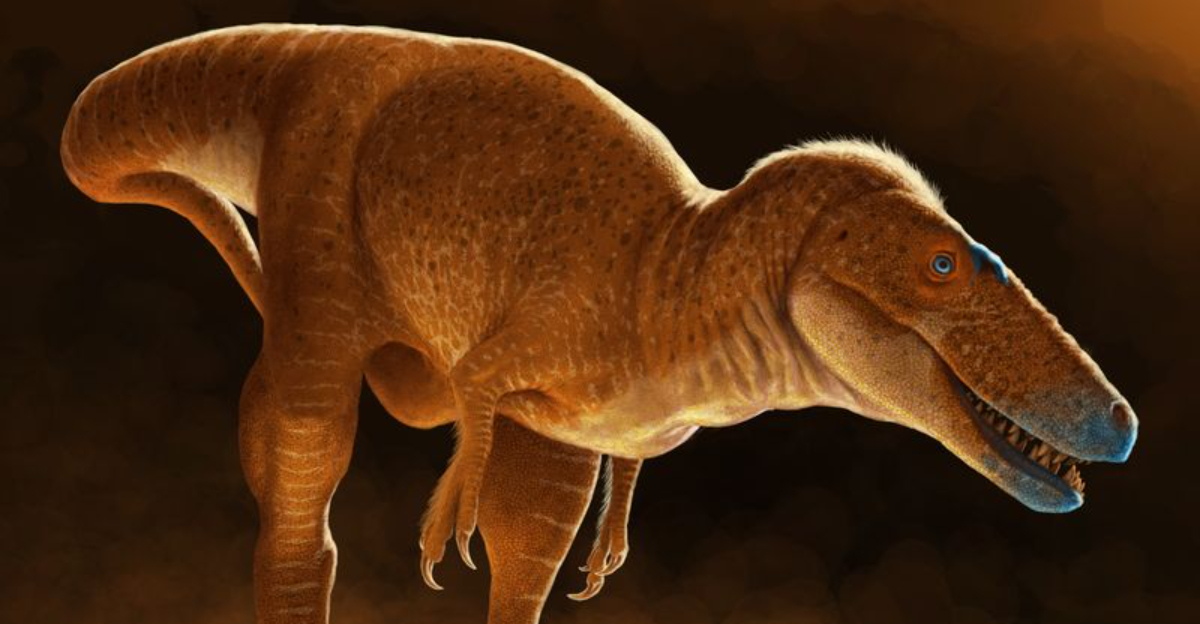
Scientists recently made an extraordinary find that has rocked the paleontology world: actual blood vessels inside the fossilized ribs of a Tyrannosaurus rex that lived 66 million years ago.
This remarkable preservation of soft tissue gives us a rare glimpse into the biology of these ancient creatures. The discovery challenges what we thought possible about fossil preservation and opens new doors for understanding dinosaur physiology.
The Groundbreaking Discovery Of Blood Vessels In A T-Rex Rib
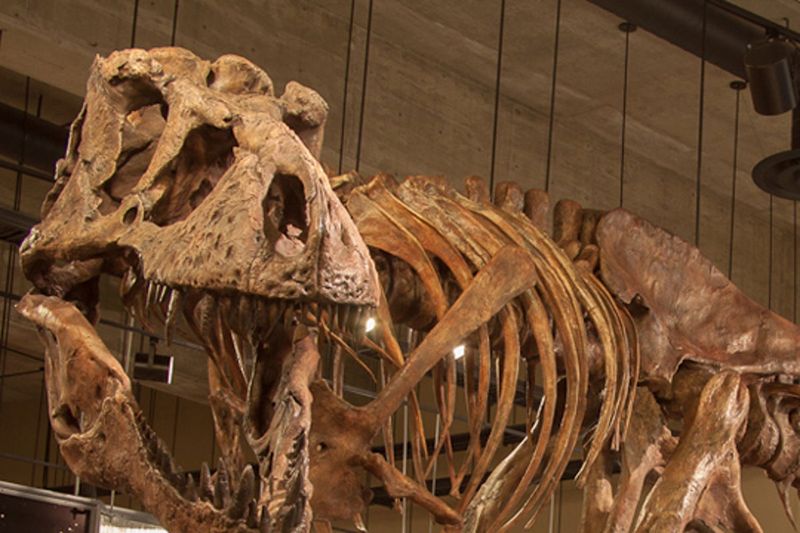
Inside a fractured T. rex rib, researchers found something nobody expected – actual blood vessels preserved for 66 million years!
The discovery happened when scientists examined a damaged rib that had healed during the dinosaur’s lifetime. These vessels weren’t just impressions or mineral replacements, but contained original biological material from the mighty predator.
This finding shatters previous assumptions about how long organic materials can survive.
How Scientists Detected Preserved Blood Vessels In Fossilized Bone
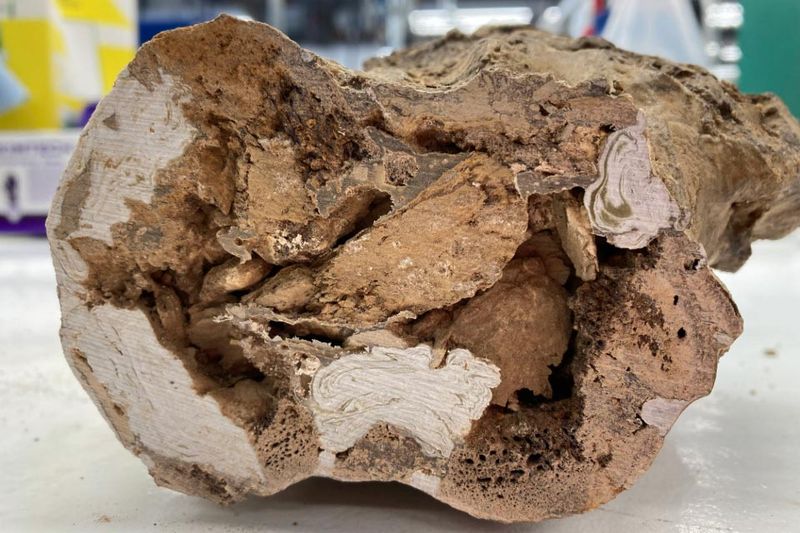
Finding ancient blood vessels requires cutting-edge technology, not just keen eyes. Scientists used synchrotron radiation, which produces incredibly powerful X-rays thousands of times stronger than hospital machines.
They spotted unusual structures while examining a healed fracture in the dinosaur’s rib. The team confirmed these weren’t just mineral formations by analyzing their chemical composition.
Unlike typical fossils where minerals replace organic material, these vessels retained original proteins.
The Role Of Advanced Imaging In Analyzing Dinosaur Fossils
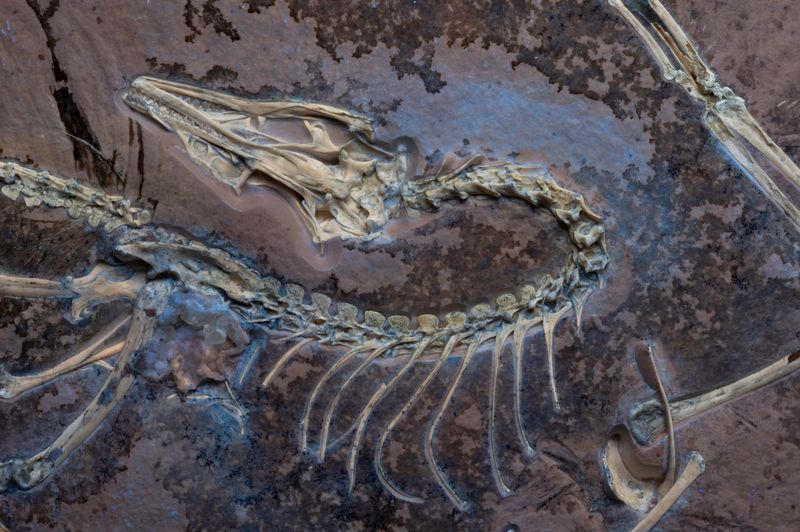
Modern paleontology has moved far beyond brushes and hammers. Synchrotron radiation lets scientists peer inside fossils without destroying them, revealing details invisible to conventional methods.
This technology bombards samples with intense X-rays, creating detailed 3D maps of internal structures at microscopic levels. For the T. rex blood vessels, it showed not just their shape but their chemical makeup.
Without these advanced tools, this discovery would have remained hidden forever.
What The T-Rex Blood Vessels Reveal About Dinosaur Biology
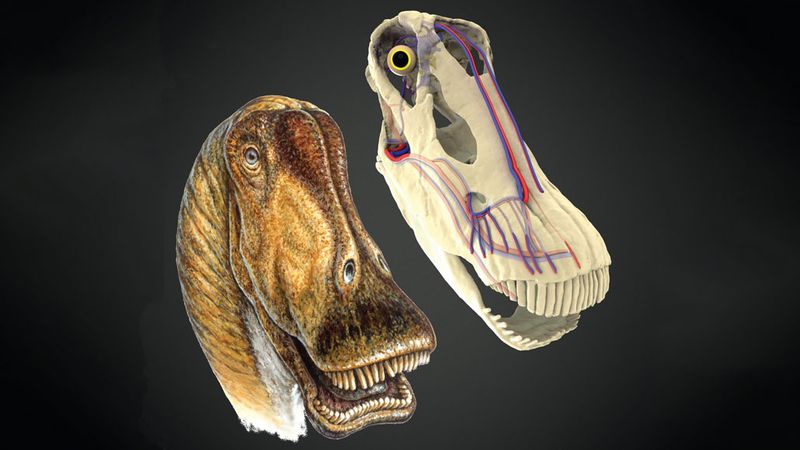
Blood vessels tell stories about how dinosaurs lived. The preserved T. rex vessels show remarkably similar structures to those in modern birds, supporting the evolutionary connection between dinosaurs and their feathered descendants.
Their presence in a healing injury reveals T. rex had efficient circulatory systems that could repair significant damage. The vessels’ arrangement mirrors healing patterns seen in today’s animals.
This suggests dinosaur metabolism might have been more bird-like than reptilian.
How The Discovery Offers Insights Into Dinosaur Healing Abilities
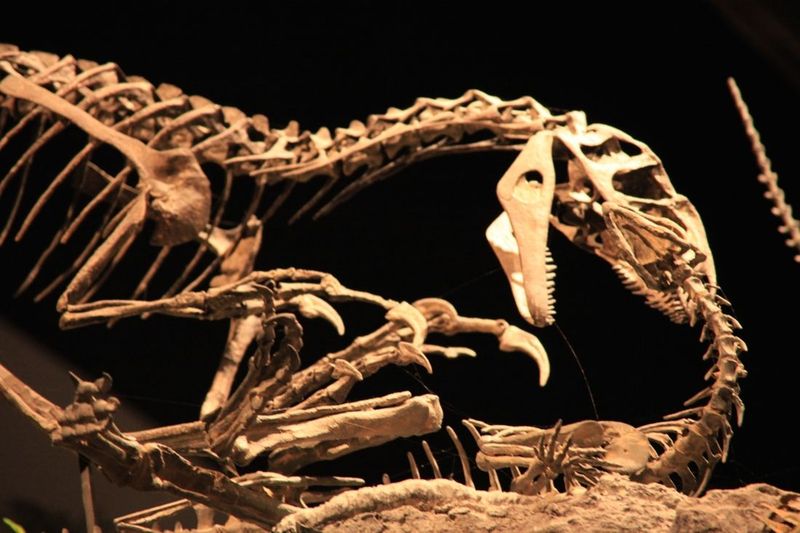
Broken bones tell tales of survival. The T. rex rib showed a major fracture that had completely healed, surrounded by these newly-discovered blood vessels.
Animals with slow metabolisms, like modern reptiles, heal sluggishly. But this T. rex’s injury showed rapid, organized healing more typical of warm-blooded creatures. The blood vessel network formed quickly to repair the damage.
This suggests T. rex could bounce back from injuries that might have killed slower-healing animals.
The Healing Process Of T-Rex After A Fracture Injury
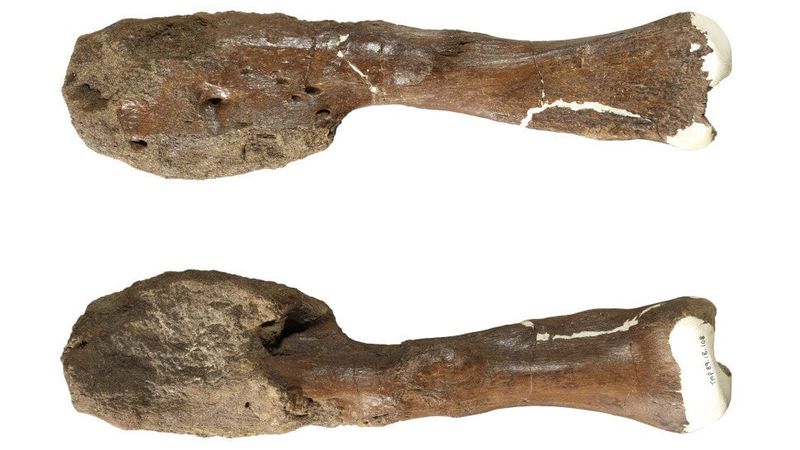
When the mighty T. rex broke its rib, an amazing biological process kicked into action. Blood vessels quickly formed around the break, delivering healing cells and nutrients to rebuild the bone.
The discovered vessels show a pattern called callus formation – where new bone forms a bridge across the break. This process happened remarkably fast for such a massive animal.
The vessel arrangement shows the injury healed completely, letting the dinosaur return to its predatory lifestyle.
Synchrotron X-Ray Technology, Key To Unlocking Dinosaur Fossil Secrets
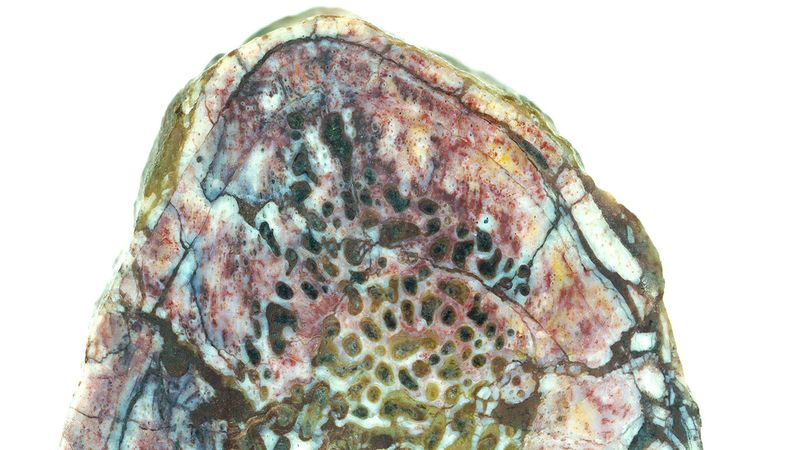
Regular X-rays can’t reveal the tiniest secrets hiding in fossils. Synchrotron X-rays, created in massive particle accelerators, produce beams a billion times brighter than hospital machines!
Scientists direct this super-powered light through fossil samples to create detailed 3D maps showing structures as small as individual cells. The technology can even identify specific chemical elements present in the sample.
This revolutionary approach helped identify actual blood protein remnants in the T. rex vessels.
The Potential For Preserved Soft Tissue In Ancient Fossils
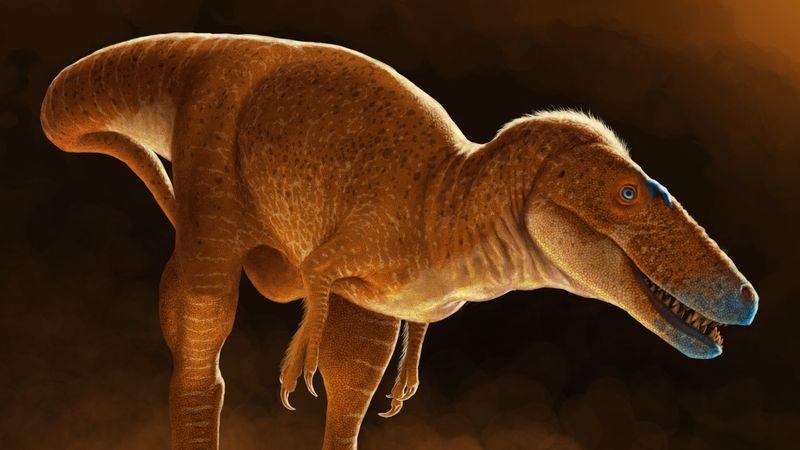
For centuries, paleontologists believed soft tissues couldn’t survive millions of years. The T. rex blood vessel discovery proves this assumption wrong!
Soft tissues might persist in special conditions where minerals rapidly replace biological materials or where unusual chemistry prevents decay. Iron from blood itself might actually help preserve proteins by forming protective bridges between molecules.
This opens exciting possibilities – could we find preserved skin, organs, or even DNA fragments in other well-preserved fossils?
What This Discovery Means For The Future Of Paleontological Research
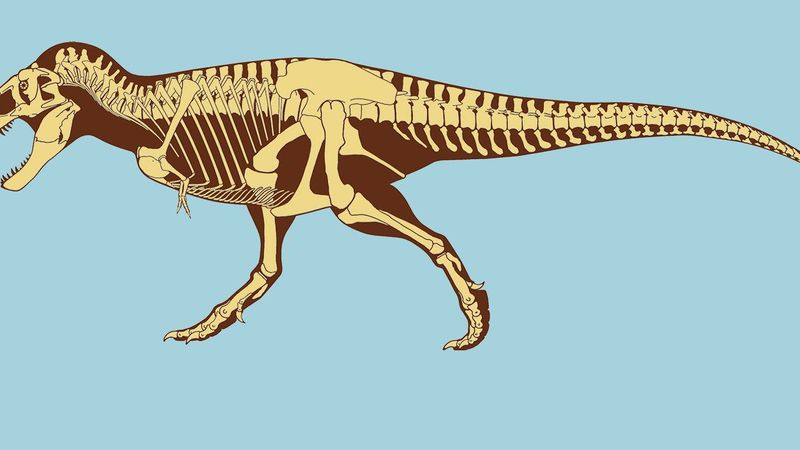
Finding blood vessels in a T. rex has completely changed the game for dinosaur research. Scientists are now reexamining existing fossil collections with new technologies, hunting for overlooked soft tissues.
The discovery encourages more careful excavation methods to preserve potential biological materials. Research funding is shifting toward developing even more sensitive detection tools.
Most exciting is the possibility of extracting ancient proteins that could reveal how dinosaurs functioned at a molecular level, potentially rewriting dinosaur textbooks forever.






